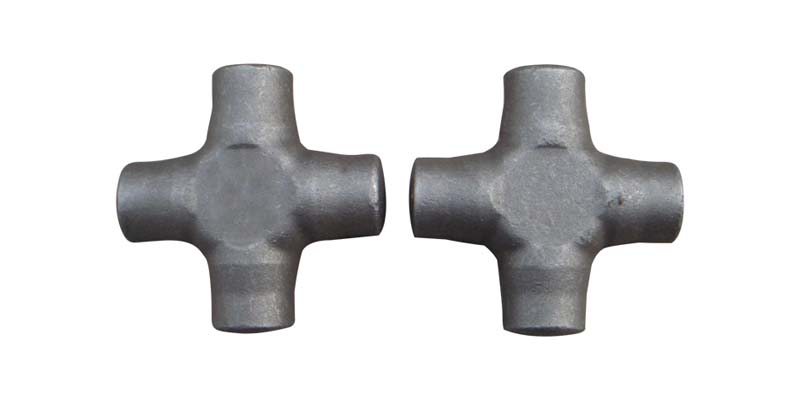- Contact Innally, Let you purchase forgings in China more favorable prices, products more assured!
- Hotline:+(86)15038323776 Email:innally@innally.com
How to check the quality of cross shaft forging?
- Category: Steel forgings, Thermal forging
- |
- Date: 14/11/2023
the quality of cross shaft forgings can be detected by a variety of methods, including appearance testing, size testing, mechanical properties testing, metallographic testing, non-destructive testing and functional testing.
Product Details
The quality of cross shaft forgings can be detected by the following methods:
Appearance inspection: Observe the surface quality of cross shaft forgings, including whether there are cracks, inclusions, heavy skin and other defects.
Size detection: Measuring the dimensions of the cross shaft forging, such as diameter, length, Angle, etc., to ensure that it meets the design requirements.
Mechanical properties testing: through tensile test, impact test, hardness test and other ways to detect the mechanical properties of cross shaft forgings, such as tensile strength, yield strength, impact toughness.
Metallographic detection: The microstructure of the cross shaft forgings, such as grain size and alloying element distribution, is observed through a metallographic microscope to evaluate its quality.

Non-destructive testing: Using ultrasonic testing, X-ray testing, magnetic particle testing and other ways of non-destructive testing of cross shaft forgings to find internal defects or surface cracks.
Functional testing: In some cases, it is necessary to carry out functional testing for cross shaft forgings, such as post-assembly running tests, braking performance tests, etc., to evaluate their performance in actual use.
To sum up, the quality of cross shaft forgings can be detected by a variety of methods, including appearance testing, size testing, mechanical properties testing, metallographic testing, non-destructive testing and functional testing. According to the actual situation, the appropriate method is selected for testing to ensure that the quality of the cross shaft forging meets the requirements.
nannan
INNALLY mainly provides you with various types of cast and forged parts products. Welcome your inquiries! innally@innally.com
Related Products
Search
Forging center
- Steel forgings
- Aluminium alloy forging
- Titanium alloy forging
- Stainless steel forging
- Copper forging
- Automotive forgings
- Locomotive forging
- Bicycle forgings
- Motorcycle forging
- Rigging and fasteners
- Bearing forging
- Electric power fittings
- Marine forging
- Mechanical forgings for metalworking
- Mining machinery forgings
- Marine engineering forgings
- Construction machinery forgings
Popular product

© 2025. All Rights Reserved.






